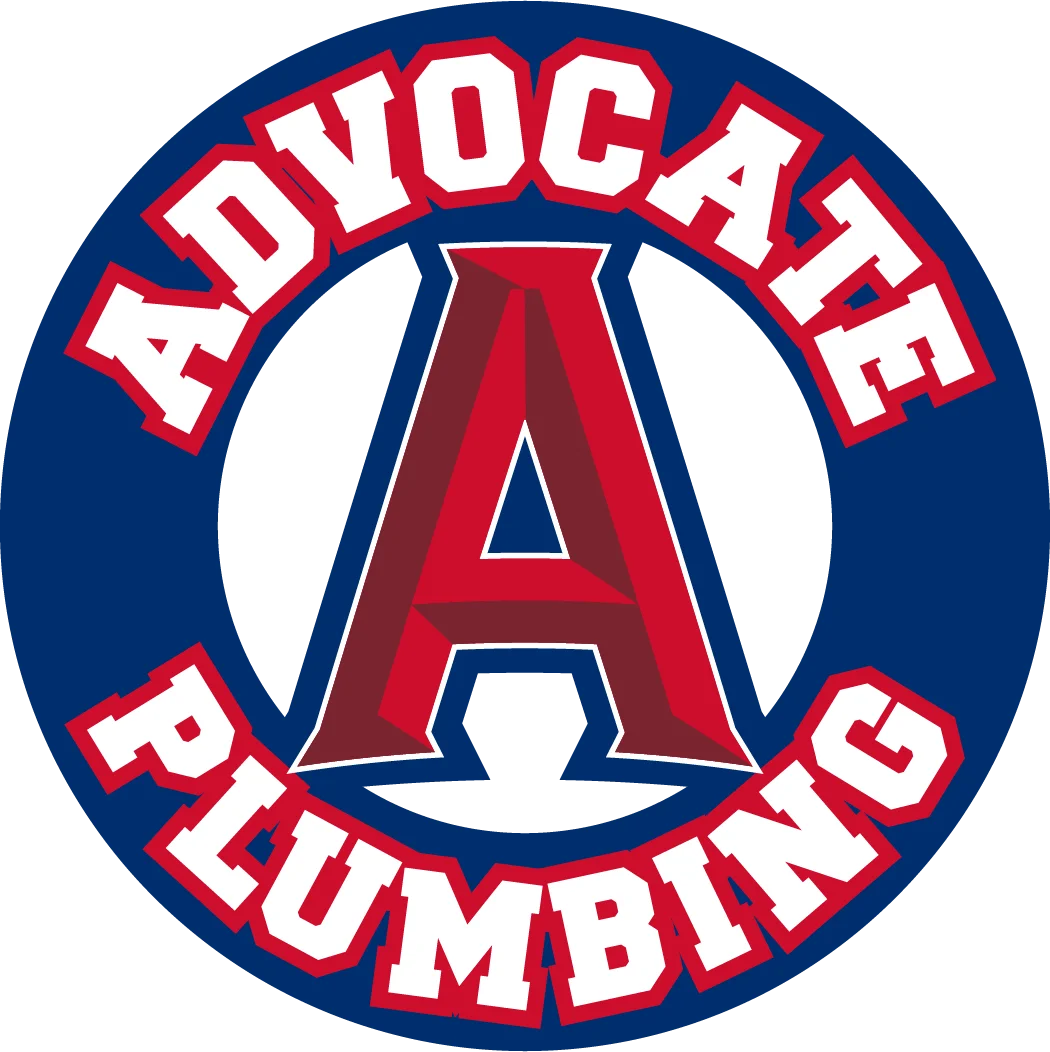Serving Hamilton County & Surrounding Areas
Common Plumbing Issues in Older Homes
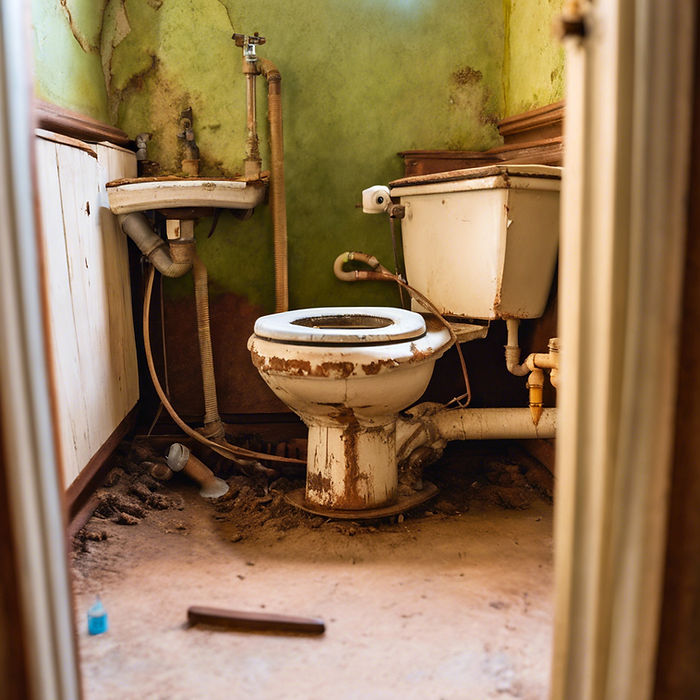
Owning an older home comes with its own unique charm and history. However, these character-filled houses often come with a range of plumbing issues that can lead to significant headaches if not addressed promptly. Understanding these common plumbing problems can help homeowners maintain their homes more effectively and prevent small issues from turning into costly repairs. Here are some of the most common plumbing issues found in older homes.

1. Outdated Pipe Materials
One of the most frequent issues in older homes is the use of outdated plumbing materials. Homes built before the 1960s often have pipes made of galvanized steel, lead, or polybutylene. Galvanized steel can corrode over time, leading to reduced water pressure and the risk of leaks. Lead pipes, on the other hand, pose significant health risks, as lead can leach into the water supply. Polybutylene pipes are prone to breaking and leaking, often requiring complete replacement.
Solution: If your home has outdated piping, it’s essential to consider repiping with modern, safer materials like copper, PEX, or CPVC. This may be a significant investment, but it will improve your home’s plumbing reliability and safety.
2. Low Water Pressure
Low water pressure is a common complaint in older homes. This issue is often due to corroded pipes or a buildup of sediment in the pipes. As pipes corrode internally, they narrow, restricting water flow and leading to reduced pressure.
Solution: To address low water pressure, it may be necessary to replace the corroded sections of the plumbing system. Regular maintenance, such as flushing the water heater to remove sediment buildup, can also help improve water pressure.
3. Leaky Faucets and Fixtures
Faucets and fixtures in older homes often leak due to worn-out washers, seals, or valve seats. Over time, these components can degrade, leading to persistent drips and leaks. While a leaky faucet may seem like a minor annoyance, it can waste a significant amount of water and increase your utility bills.
Solution: Replacing washers, seals, or even the entire fixture can resolve most leaks. If the fixtures are particularly old, consider upgrading to more modern, water-efficient models.
4. Clogged Drains and Sewer Lines
Older homes are more likely to experience clogged drains and sewer lines. This can be due to a buildup of debris over the years, tree roots infiltrating the sewer lines, or even outdated plumbing systems that weren’t designed to handle modern waste volumes.
Solution: Regular drain cleaning and maintenance are essential in older homes. In severe cases, hydro jetting or even replacing sections of the sewer line may be necessary to prevent recurring clogs.
5. Faulty Water Heaters
Water heaters in older homes may be past their prime, leading to insufficient hot water, strange noises, or even leaks. As water heaters age, they can become less efficient, consume more energy, and struggle to provide consistent hot water.
Solution: If your water heater is more than 10-15 years old, it might be time to consider a replacement. Modern water heaters are more energy-efficient and can provide better performance. Regular maintenance, such as flushing the tank to remove sediment, can also extend the life of your water heater.
6. Sewer Line Bellies
Over time, sewer lines in older homes can develop low spots, known as “bellies,” where waste and debris can collect. These bellies can cause slow drains, backups, and unpleasant odors. They are often caused by shifting soil, ground settling, or improper installation.
Solution: Sewer line bellies typically require professional intervention to correct. Depending on the severity, solutions may range from simple cleaning to replacing the affected section of the sewer line.
7. Hidden Leaks
Older homes are more susceptible to hidden leaks, which can occur behind walls, under floors, or in the foundation. These leaks can cause significant damage over time, leading to mold growth, structural damage, and higher water bills.
Solution: If you suspect a hidden leak, it’s essential to have a professional plumber conduct a thorough inspection using advanced leak detection technology. Early detection and repair can save you from costly damage down the road.
Conclusion
Owning an older home requires a proactive approach to plumbing maintenance. By staying aware of these common issues and addressing them promptly, you can preserve the integrity of your home’s plumbing system and avoid costly repairs. Regular inspections and maintenance by a trusted plumbing professional can help ensure that your older home’s plumbing remains in good working order for years to come.
If you’re facing any of these plumbing issues or simply want to ensure your home’s plumbing is in top shape, don’t hesitate to contact Advocate Plumbing. Our experienced team specializes in addressing the unique challenges of older homes and can provide you with the solutions you need to keep your plumbing system running smoothly. Don’t wait! Contact us right here!
Recent Posts
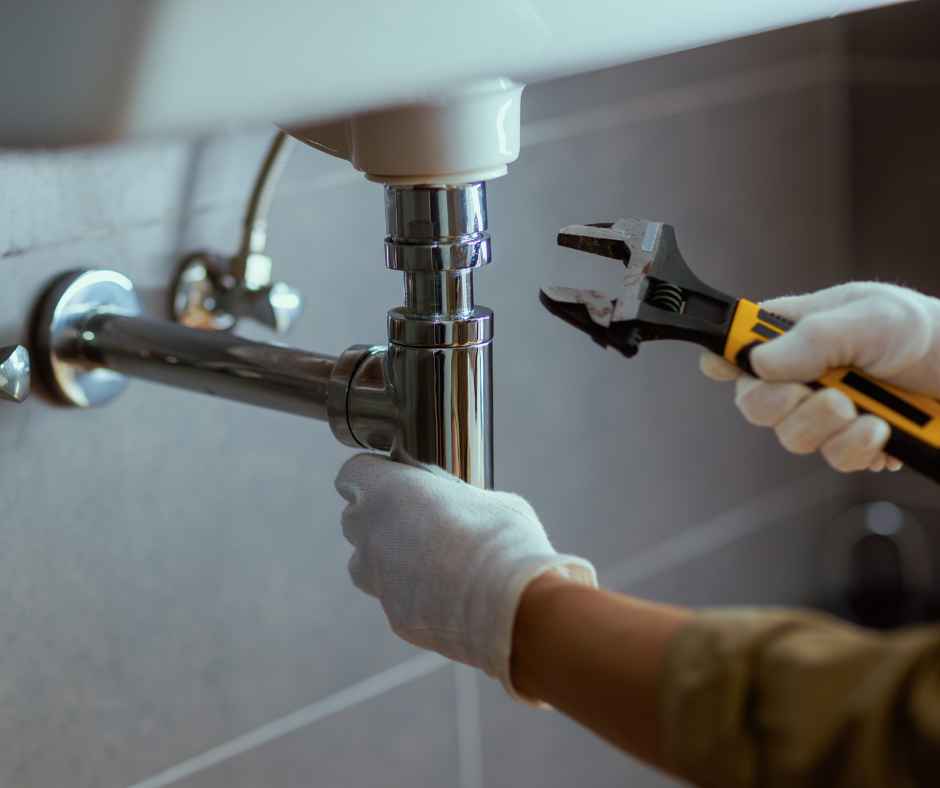
Why Hiring a Licensed Plumber Matters for Your Home’s Safety and Efficiency
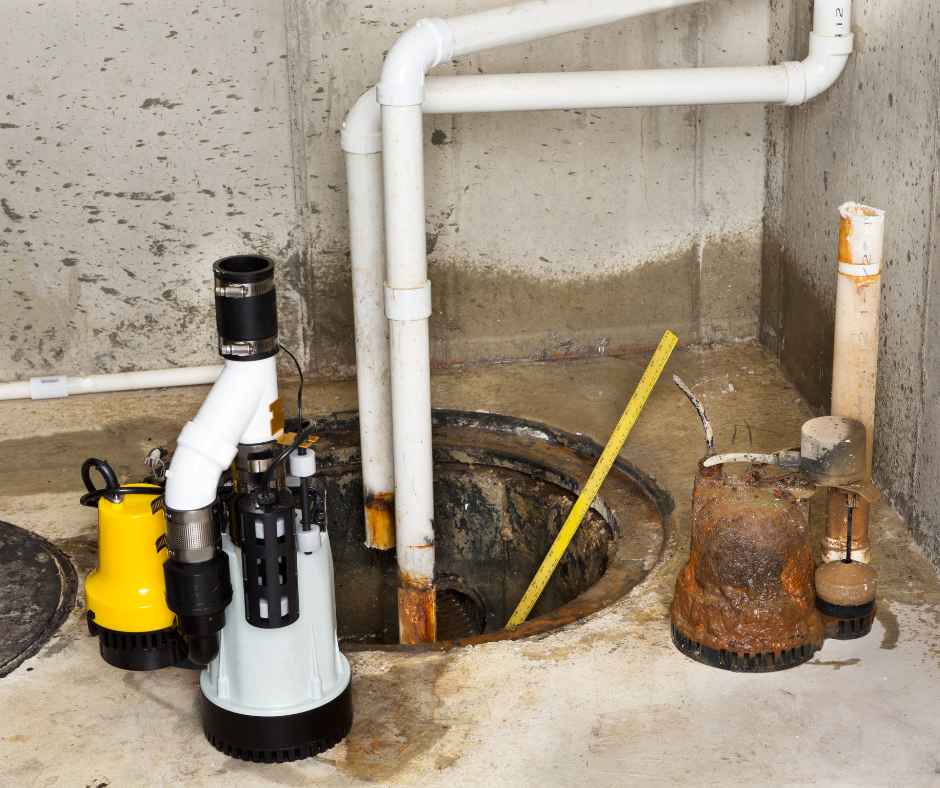
Why Your Sump Pump Needs Regular Maintenance and How to Do It
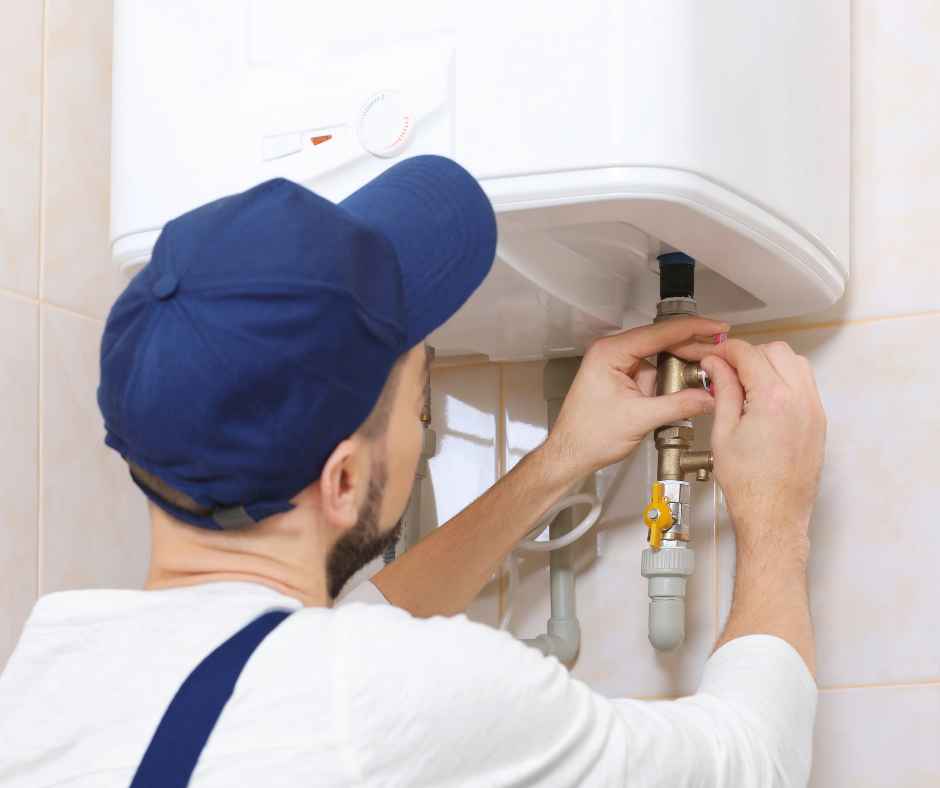
How to Choose the Right Water Heater for Your Home
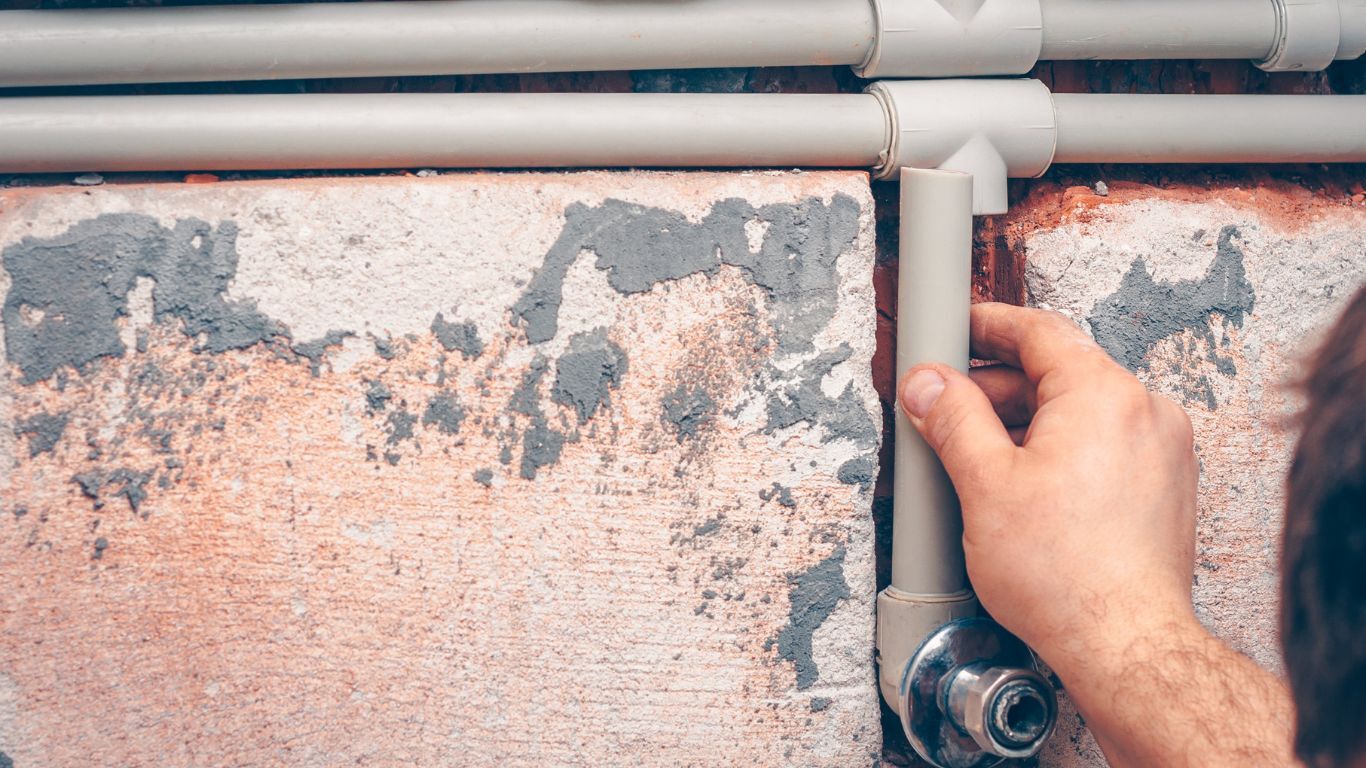
Preventive Plumbing Inspection Guide Every Homeowner Should Follow

Reverse Osmosis vs. Water Softener: Which Is Right for Your Home?
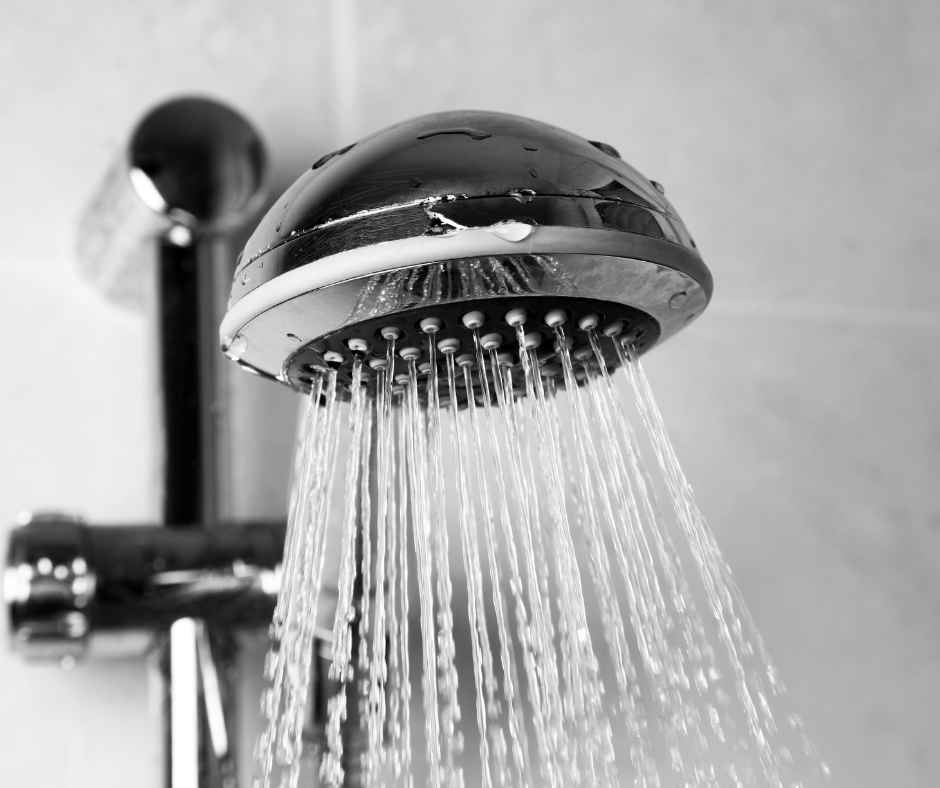
Seasonal Plumbing Maintenance Checklist for Hamilton County Residences
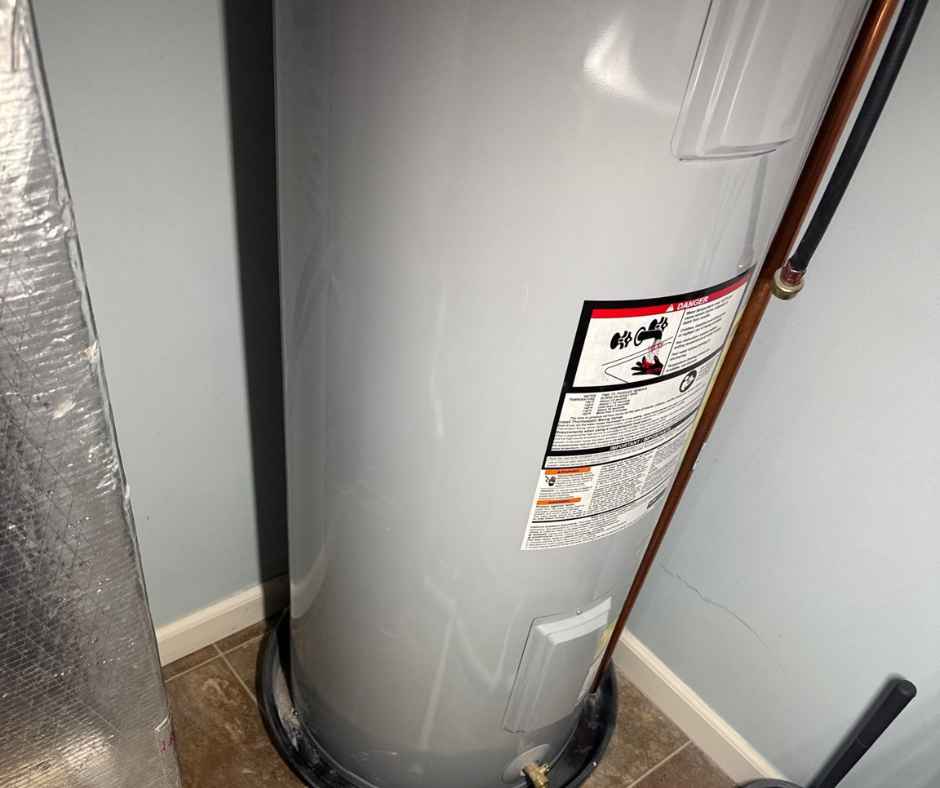
Why Is My Water Heater Beeping?
Get in Touch
